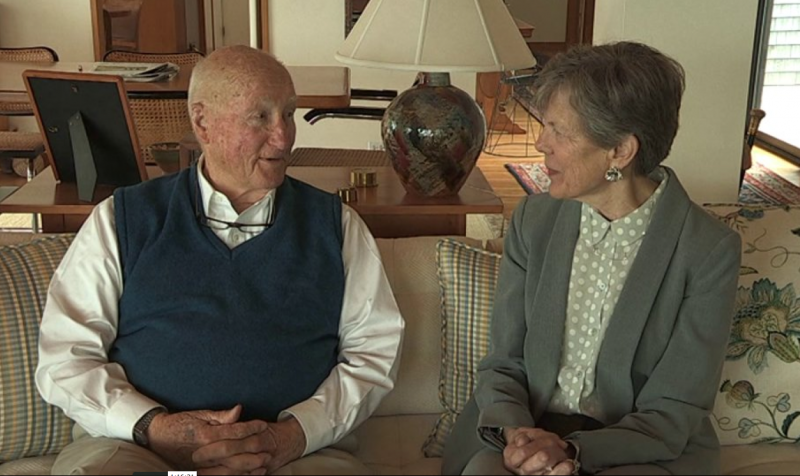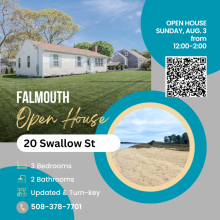Oral history project gives glimpse into Marion's past
Marion’s rich history is being piped into TVs across the town thanks to a series of oral history interviews through a collaboration between the Sippican Historical Society and ORCTV.
Over the past year, historian and author Judith Rosbe, a director of the society since 1978, has conducted video interviews with 16 long-time Marion residents.
“I start by asking the person how far back they can remember their relatives,” said Rosbe.
The interviews, airing Sundays at 6 p.m. and Tuesdays at 3:30 p.m., uncover interesting facts about the town’s past.
Tabor Academy has come up several times in the course of Rosbe’s interviews.
The school was originally for the “children of Marion” and every student attended for free. Unfortunately, some prejudice sometimes got in the way of that.
Andy Santos, a former Old Rochester Regional High School coach, was let into the school after his mother told Eleanor Makepeace that the academy wouldn’t consider her son.
“Eleanor Makepeace marched right over to Tabor and said, ‘You take this student,’” said Rosbe.
This was after Santos’ was denied admission to Sippican School. At the time, there was a separate elementary school on Point Road for Cape Verdean students.
“His mother got the sheriff of Plymouth County to walk him into the school,” Rosbe said.
At his coach’s recommendation, Santos went on to study at Willams College.
But it wasn’t only minorities who had a difficult time. Girls were originally allowed to attend Tabor Academy until one president decided the school was going to be for boys only. When girls were allowed, they couldn’t be in the yearbook or play sports.
A lot has changed since then, as evidenced by this year’s Tabor Boy Executive Officer Holly Francis, the first young woman to hold the position on the schooner.
Through her interviews, Rosbe, the author of five books on Marion’s past, learned more about the hurricanes that blew through the town and the people who built some of the area’s most majestic homes.
Produced by ORCTV, the interviews average an hour and take place in the interviewee’s home or in the Sippican Historical Society. Just as the subjects vary – among them Selectman John Henry, architect Bill Saltonstall and photographer Anne Converse – so do the interviews, said Rosbe.
“Sometimes it’s like asking twenty questions, and sometimes you ask them about their relatives and they talk for an hour,” said Rosbe.
Rosbe discovered some of her subjects through a memoir class she taught at Taber Library last year as well as through recommendations from people in town. She said she is always interested in speaking with the people who have long called Marion home.
“I love finding out about people and their relationship to Marion,” she said.
In addition to ORCTV, the videos are available online at Vimeo.com. Search Sippican Historical Society Oral History or visit the Sippican Historical Society website at sippicanhistoricalsociety.org.















